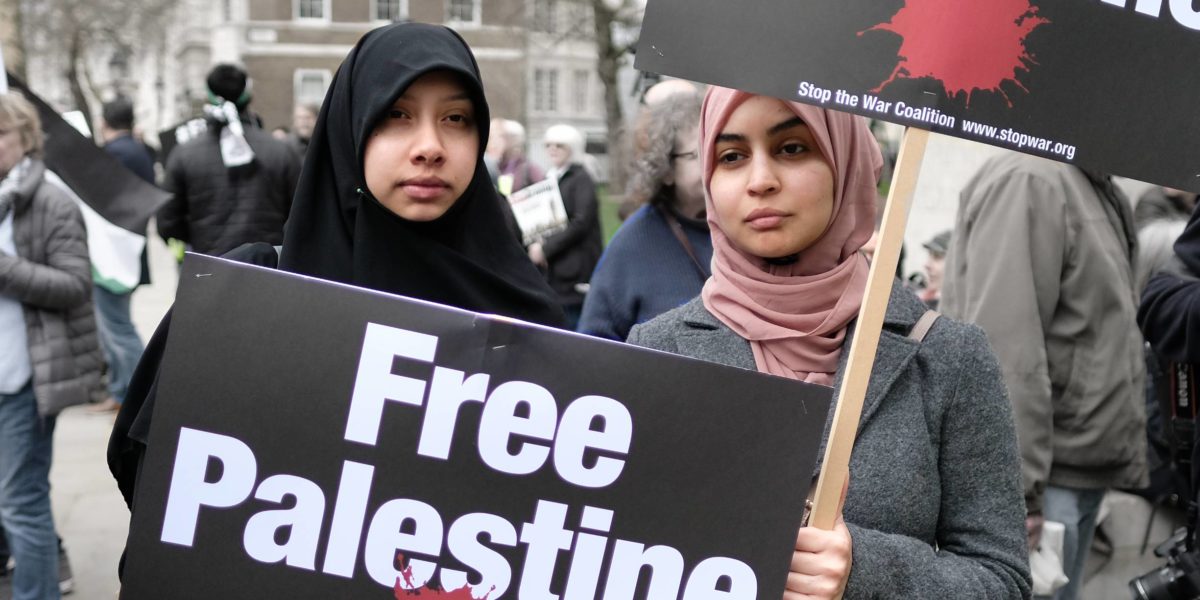Like many Canadians, I was deeply saddened at the tragic death of young Canadian-Israeli Aryeh Shechopek in Jerusalem. The arbitrariness and senselessness of this child’s death should send shivers down the spine of any parent – Israeli, Canadian, or Palestinian. But I am deeply concerned that Canadian media coverage failed to contextualize the incident properly, at a time when the Canadian public so desperately needs a better understanding of the Israel-Palestine conflict.
Two prominent articles, one in the Globe and Mail and one from the CBC, failed to provide critical background information that would have enabled readers to understand why terrorism often occurs in Israel-Palestine, and how a young Canadian could fall victim. While terrorism – generally understood as violence inflicted against civilians to advance political aims – is never to be condoned, its causes must nevertheless be understood.
The most troubling problem with both articles is that neither provides any reason why Palestinians might be motivated to carry out an act of terrorism. The Globe article tries to situate the reader by stating, “Tensions between Israelis and Palestinians have been surging for months amid nightly Israeli raids in the occupied West Bank prompted by a spate of deadly attacks against Israelis that killed 19 people in the spring.” Here, the conflict is presented as an endless tit for tat dynamic, where one side needlessly provokes and the other responds. And usually, Western media coverage – like the Globe in this case – suggests that Palestinians are the initiator or the aggressor, and Israel is simply defending itself.
As for the CBC article, at no point does it try to explain why there are tensions in Israel-Palestine. Instead, at the end of the lengthy article, there are three brief paragraphs that provide unrelated numbers of Palestinians and Israelis killed, over different time periods. The reader is given no clear sense of which group – Israelis or Palestinians – has suffered the greater casualties, nor is the reader given any information as to the balance of power between the two sides.
If major Canadian news outlets persist in depicting the violence in the Israel-Palestine conflict in such a myopic way, the public will inevitably remain misinformed. Why, for example, did neither article see fit to explain that 2,200 Palestinian children have been killed by Israeli security forces during the last two decades, compared to 139 Israeli children killed by Palestinians?
Sadly, the number of Palestinian children being killed by Israel keeps climbing, including 16-year-old Palestinian Ahmad Shehadeh who was shot to death by Israeli occupation forces last month, and four other Palestinian children killed by Israeli soldiers in November alone. As such, the Globe and CBC certainly know that Mr. Shechopek’s death did not happen in a vacuum, or that these “tensions” did not sprout out of thin air.
Beyond the simple statistics of deaths of children, a more thorough journalistic approach would explain that the so-called “tensions” between the parties are not a few months old, nor even a few years old, but stem from decades of cruel Israeli oppression and military occupation over Palestinians. Palestinians’ rights, movements and livelihoods are highly controlled by Israel and its legal and security institutions. Israel’s dominance over the lives of Palestinians is so complete that Amnesty International, Human Rights Watch and even Israeli human rights organizations have described it as an apartheid system, comparable to what blacks faced under South Africa’s apartheid regime.
Neither article mentioned Israel’s military occupation of Palestinian territories, the apartheid label applied by human rights organizations, nor the dozens of UN resolutions calling for Israel to respect the human rights of Palestinians.
Interestingly, both articles gave great attention to the character of young Aryeh Shechopek. The Globe article devoted 10 paragraphs, and the CBC article took three paragraphs to describe how much Shechopek was loved by his friends and community.
But surely the same could be said for every Palestinian child who has been killed by the Israelis – those children whose names will never grace the pages of the Globe or the CBC. Surely they too had endearing qualities, and were likewise loved and appreciated by their friends and communities.
Why couldn’t some of those paragraphs devoted to the character of Shechopek instead have been used to elucidate the reasons why someone else might’ve felt they had no choice but commit an act of terror at an Israeli bus stop.
Journalists reporting on Palestinian acts of violence have a professional and ethical obligation to avoid treating attacks like the one that killed Shechopek as random crimes completely decoupled from Palestinians’ tortured existence under Israeli apartheid. News organizations such as the Globe and the CBC should provide the fullest possible context, using the appropriate terminology.
Francesca Albanese, UN Special Rapporteur on the situation of human rights in the Palestinian territories, emphasizes that news coverage should not obfuscate Israeli human rights violations with sterilized language. Speaking to The New Arab about the media’s frequent referral to the “Israel-Palestine conflict” Albanese says, “we have to be more precise in our terminology. It is true that this situation is punctuated by hostilities and conflicts […] But we are dealing here with an occupation that has turned into an apartheid regime. Israel cannot claim to be defending itself.”
Journalists have a professional duty to present the broadest possible picture when reporting on stories from conflict areas. Anything short of this amounts at best to poor journalism, and at worst to disinformation. Either way, the Canadian public deserves better.




